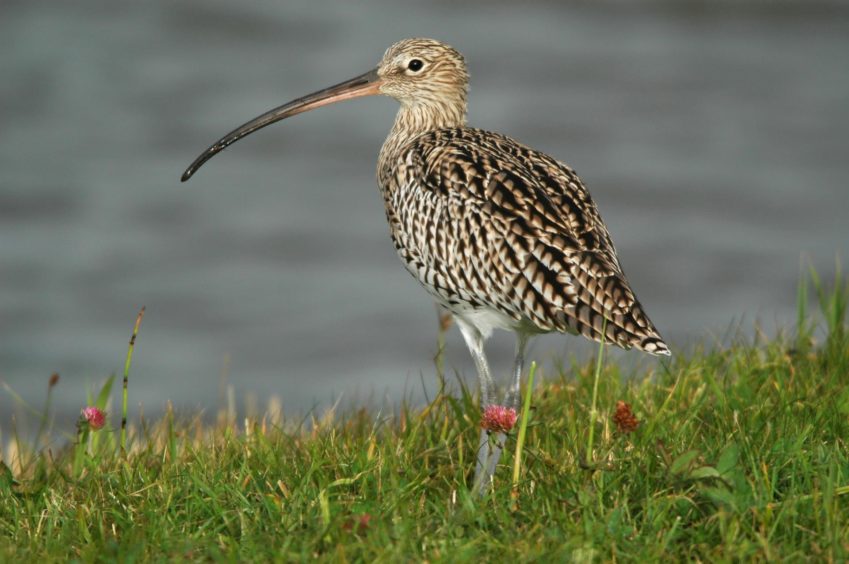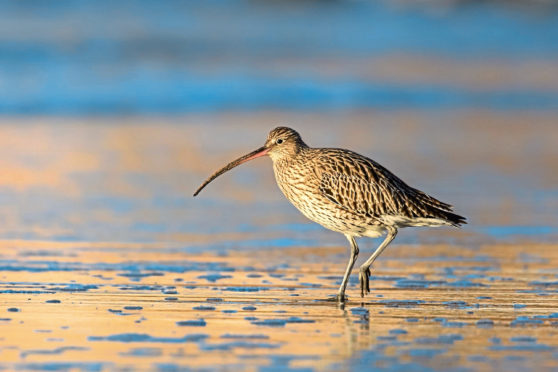The sea below this clifftop near Earlsferry on the East Neuk silver-shimmered in picture perfection, a flawless artistic canvass.
On the south side of the Firth of Forth, the distinctive outline of the Bass Rock fore-dropped the conical hill of North Berwick Law, and immediately before me a gannet plunged into the water as it followed a shoal of mackerel.
I am especially fond of this stretch of coast between Earlsferry and Shell Bay in Fife, not just for the panorama but also because it is a wonderful place for wildflowers. And, despite the lateness in the season, it did not disappoint, with the glowing yellow orbs of common rock-rose shining out from the clifftops. I never realised rock-rose flowered so late, but I suspect the mild coastal location combined with the southerly aspect of their location, was enough to give this plant extra floral impetus.
A flickering caught the corner of my eye, and a stonechat bounded past me and alighted atop a bush, its orange-glowed breast catching the weak autumnal sun. Stonechats are delightful little birds, forever surveying the world from prominent perches, and uttering their distinctive grating ‘tchak, tchak’ calls.

Stonechats are vulnerable to cold winters, so hopefully the one coming will be benign. With the air around me relatively mild, it was hard to imagine that frost and snow might soon be upon us, and for much of nature, life will become a dangerous lottery.
I made my way down to Kincraig Point in the hope of spotting sea ducks such as scoters, but the water was quiet, apart from a small group of eiders that gently cooed as they dived under the water in search of mussels and crabs. A short distance away, a small greyish songbird dashed by the shore-edge. It was a rock pipit. I imagine it would easily be able to cope with a cold winter, given this species’ habit of foraging along perpetually frost-free seaweed-strewed strandlines.
Further along the shore, the burbling call of a curlew drifted across the salty breeze. It was a shy bird and hard to approach close, taking to the air every so often as I followed the coastal path. Curlews are the embodiment of our coasts during autumn and winter, while their haunting liquid trilling is the very essence of a Highland spring.
Sadly, these wonderful birds are on the decline, with habitat degradation and the afforestation of marginal hill land where they breed, combined with increased predation during the nesting season, all likely contributors.
Curlews are still often seen along our shores, but they are relatively long-lived, and the ones we see today are probably older birds. Their presence at the moment belies a ticking timebomb of population decline that will soon be upon us, where numbers will noticeably drop; an environmental tragedy in the making, for which I fear there may be no return.
Info
The Curlew is one of our most rapidly declining breeding bird species. The UK holds over a quarter of the European breeding population.
